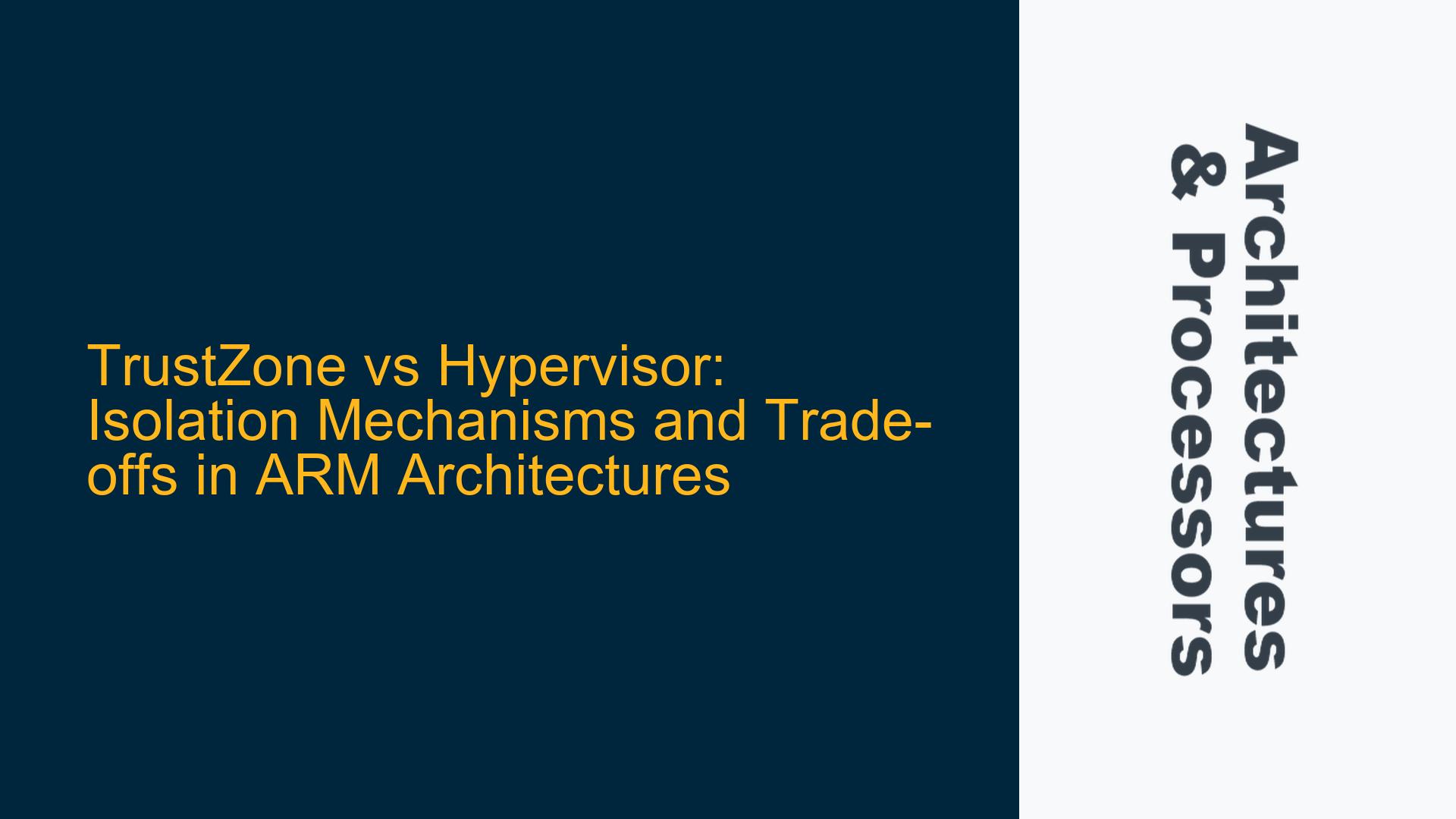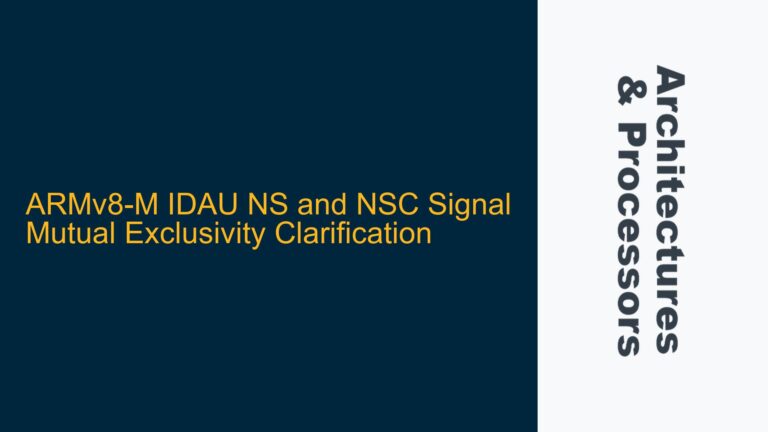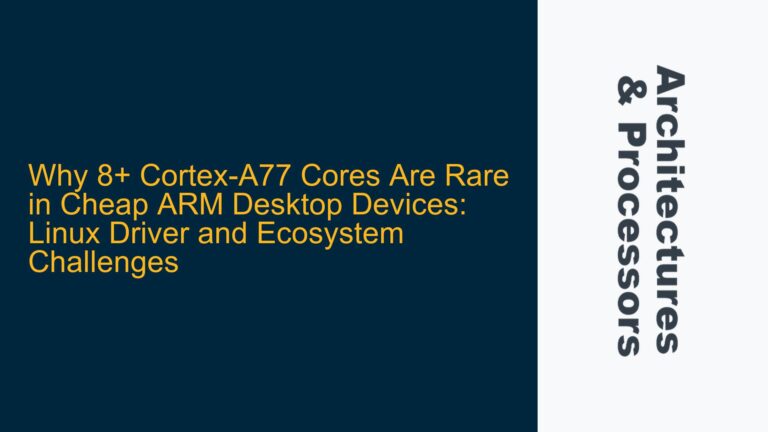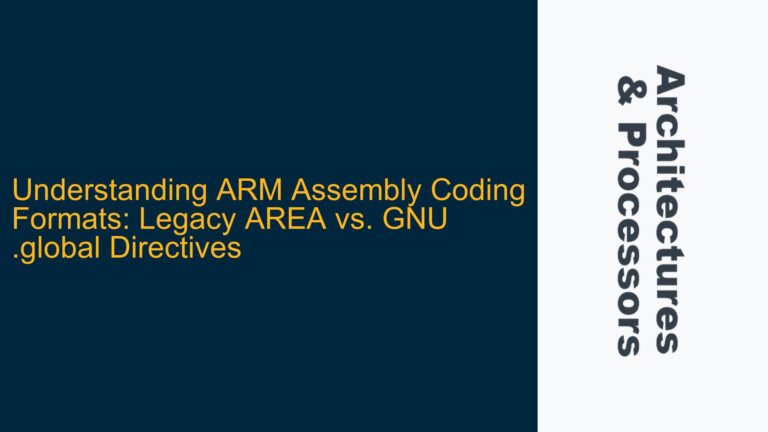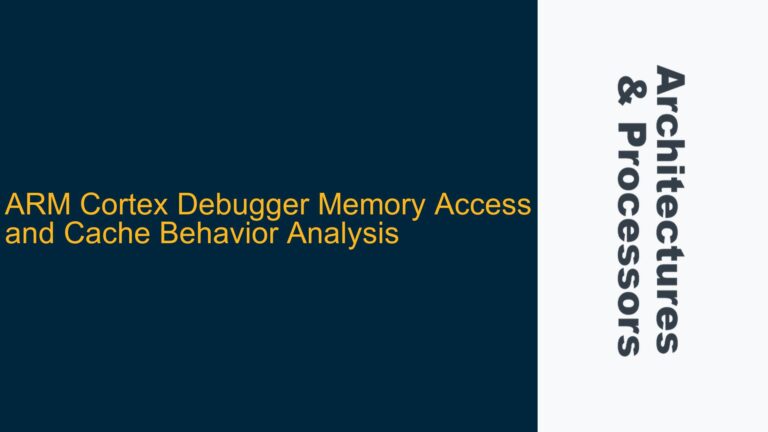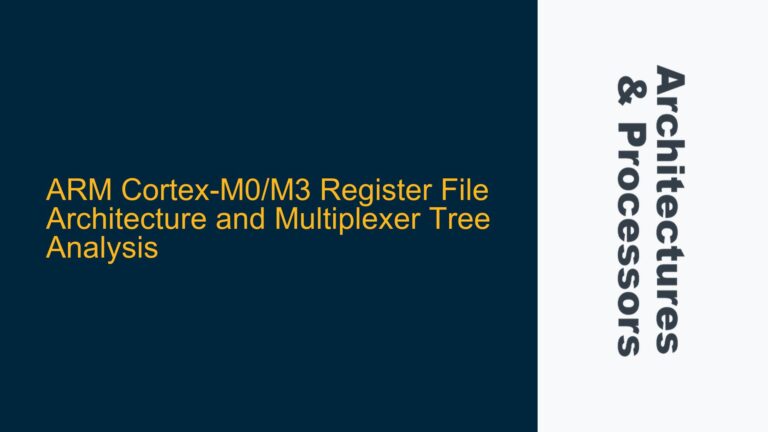TrustZone and Hypervisor Isolation Mechanisms in ARM Architectures
TrustZone and Hypervisor (EL2) are two distinct isolation mechanisms provided by ARM architectures to enable secure and isolated execution environments. TrustZone, introduced in ARMv6 and extended in ARMv7 and ARMv8, provides a hardware-based security extension that divides the system into Secure and Non-Secure worlds. This separation is enforced at the hardware level, with a dedicated Non-Secure (NS) signal propagated throughout the system to control access to peripherals, memory, and other resources. TrustZone is designed to create a secure enclave where sensitive operations, such as cryptographic key management or secure boot, can be executed without interference from the Non-Secure world.
On the other hand, the Hypervisor mode (EL2 in ARMv8) is a virtualization feature that allows multiple operating systems or execution environments to run concurrently on the same hardware. The Hypervisor manages these environments through a Stage 2 Memory Management Unit (MMU), which provides memory isolation between virtual machines (VMs). The Hypervisor is particularly useful for scenarios where multiple operating systems, such as a real-time operating system (RTOS) and a general-purpose operating system (GPOS) like Linux, need to coexist on the same hardware. Unlike TrustZone, the Hypervisor does not inherently provide a secure world but relies on the Stage 2 MMU to enforce isolation.
The core issue in comparing TrustZone and Hypervisor lies in understanding their respective strengths and weaknesses in providing isolation, particularly in scenarios where functional safety, security, and performance are critical. TrustZone excels in creating a hardware-enforced secure environment, while the Hypervisor provides flexible virtualization capabilities. However, the choice between the two depends on the specific use case, threat model, and system requirements.
Memory Isolation and Threat Models: TrustZone vs Hypervisor
The effectiveness of TrustZone and Hypervisor in providing isolation depends on the threat model and the specific requirements of the system. TrustZone is designed to protect against software-based attacks that attempt to access or modify secure resources. By dividing the system into Secure and Non-Secure worlds, TrustZone ensures that sensitive operations are isolated from the Non-Secure world. This isolation is enforced at the hardware level, making it difficult for an attacker to bypass the security mechanisms.
In contrast, the Hypervisor provides isolation through virtualization, which is enforced by the Stage 2 MMU. The Hypervisor can create multiple virtual machines, each with its own isolated memory space and access to peripherals. This approach is particularly useful for running multiple operating systems or execution environments on the same hardware. However, the Hypervisor relies on the Stage 2 MMU to enforce isolation, which introduces additional complexity and potential performance overhead.
One of the key differences between TrustZone and Hypervisor is the granularity of isolation. TrustZone provides a coarse-grained separation between Secure and Non-Secure worlds, while the Hypervisor allows for fine-grained isolation between virtual machines. This difference has implications for the threat model and the level of security provided by each mechanism. For example, TrustZone is well-suited for scenarios where a single secure enclave is required, such as secure boot or cryptographic operations. In contrast, the Hypervisor is better suited for scenarios where multiple isolated environments are needed, such as running an RTOS alongside a GPOS.
Another important consideration is the handling of DMA (Direct Memory Access) and peripherals. TrustZone uses the NS signal to control access to peripherals, ensuring that only the Secure world can access secure peripherals. In contrast, the Hypervisor relies on the System MMU (SMMU) to manage DMA access and enforce isolation. If the SoC does not include an SMMU, the Hypervisor may not be able to provide effective isolation for DMA operations. This limitation can be a significant drawback in systems where DMA is heavily used.
Implementing TrustZone and Hypervisor: Trade-offs and Best Practices
When implementing TrustZone or Hypervisor in an ARM-based system, several trade-offs and best practices should be considered. These include the level of isolation required, the performance impact, and the complexity of the implementation.
TrustZone Implementation Considerations
TrustZone is relatively straightforward to implement, particularly in systems where a single secure enclave is required. The NS signal is propagated throughout the system, allowing hardware resources to be partitioned into Secure and Non-Secure worlds. This partitioning is enforced at the hardware level, making it difficult for an attacker to bypass the security mechanisms. However, TrustZone does introduce some performance overhead, particularly in systems where frequent transitions between Secure and Non-Secure worlds are required.
One of the key challenges in implementing TrustZone is managing the Secure Monitor Call (SMC) interface, which is used to transition between Secure and Non-Secure worlds. The SMC interface must be carefully designed to ensure that it cannot be exploited by an attacker. Additionally, the Secure world must be carefully designed to minimize the attack surface, as any vulnerabilities in the Secure world could compromise the entire system.
Hypervisor Implementation Considerations
The Hypervisor provides more flexibility than TrustZone, particularly in systems where multiple isolated environments are required. However, this flexibility comes at the cost of increased complexity. The Hypervisor must manage the Stage 2 MMU, which introduces additional overhead and complexity. Additionally, the Hypervisor must handle interrupts, DMA, and other system resources, which can be challenging in systems with complex I/O requirements.
One of the key challenges in implementing a Hypervisor is ensuring that the Stage 2 MMU is properly configured to enforce isolation between virtual machines. This requires careful management of page tables and memory mappings, which can be complex and error-prone. Additionally, the Hypervisor must handle exceptions and interrupts in a way that ensures isolation between virtual machines. This can be particularly challenging in systems where real-time performance is required.
Performance and Resource Considerations
Both TrustZone and Hypervisor introduce performance overhead, but the nature of the overhead differs between the two mechanisms. TrustZone introduces overhead primarily due to the need to transition between Secure and Non-Secure worlds. These transitions can be costly, particularly in systems where frequent transitions are required. Additionally, TrustZone requires additional hardware resources, such as the NS signal, which can increase the complexity of the system.
The Hypervisor introduces overhead primarily due to the need to manage the Stage 2 MMU and handle interrupts and exceptions. This overhead can be significant, particularly in systems with complex I/O requirements. Additionally, the Hypervisor requires additional hardware resources, such as the SMMU, which can increase the cost and complexity of the system.
Best Practices for Choosing Between TrustZone and Hypervisor
When choosing between TrustZone and Hypervisor, it is important to consider the specific requirements of the system. TrustZone is well-suited for scenarios where a single secure enclave is required, such as secure boot or cryptographic operations. In contrast, the Hypervisor is better suited for scenarios where multiple isolated environments are required, such as running an RTOS alongside a GPOS.
Additionally, it is important to consider the threat model and the level of isolation required. TrustZone provides a hardware-enforced secure environment, making it difficult for an attacker to bypass the security mechanisms. In contrast, the Hypervisor relies on the Stage 2 MMU to enforce isolation, which introduces additional complexity and potential vulnerabilities.
Finally, it is important to consider the performance and resource requirements of the system. TrustZone introduces overhead primarily due to the need to transition between Secure and Non-Secure worlds, while the Hypervisor introduces overhead due to the need to manage the Stage 2 MMU and handle interrupts and exceptions. The choice between TrustZone and Hypervisor should be based on a careful analysis of these trade-offs and the specific requirements of the system.
In conclusion, TrustZone and Hypervisor are two powerful isolation mechanisms provided by ARM architectures, each with its own strengths and weaknesses. TrustZone excels in providing a hardware-enforced secure environment, while the Hypervisor provides flexible virtualization capabilities. The choice between the two depends on the specific use case, threat model, and system requirements. By carefully considering these factors, system designers can choose the most appropriate isolation mechanism for their needs.
